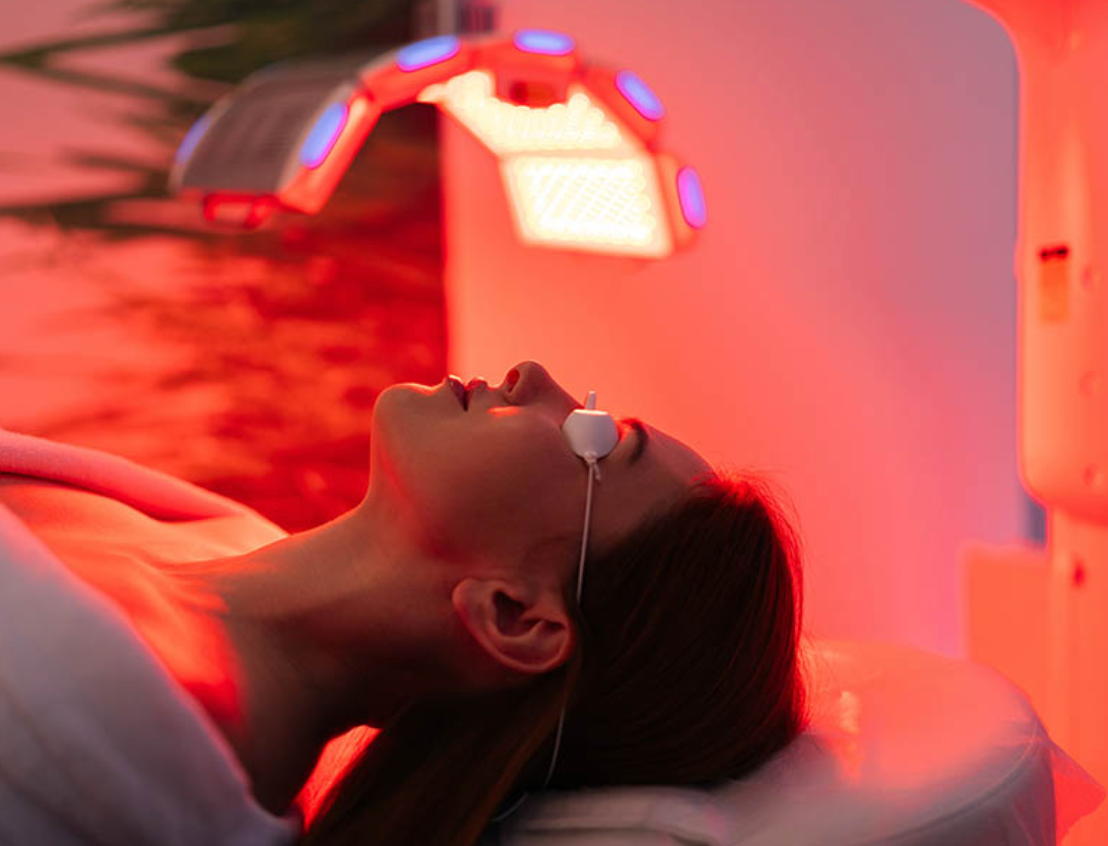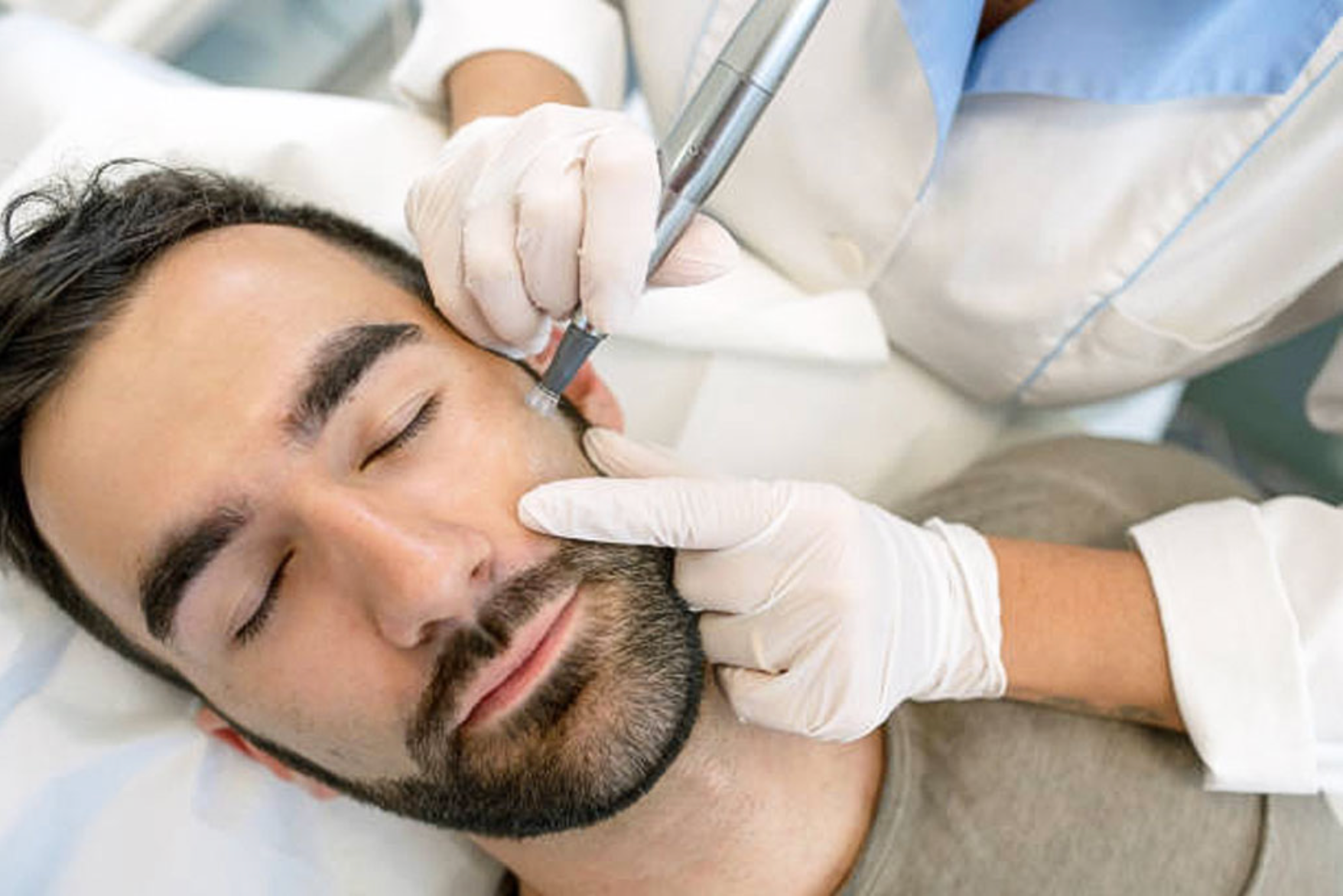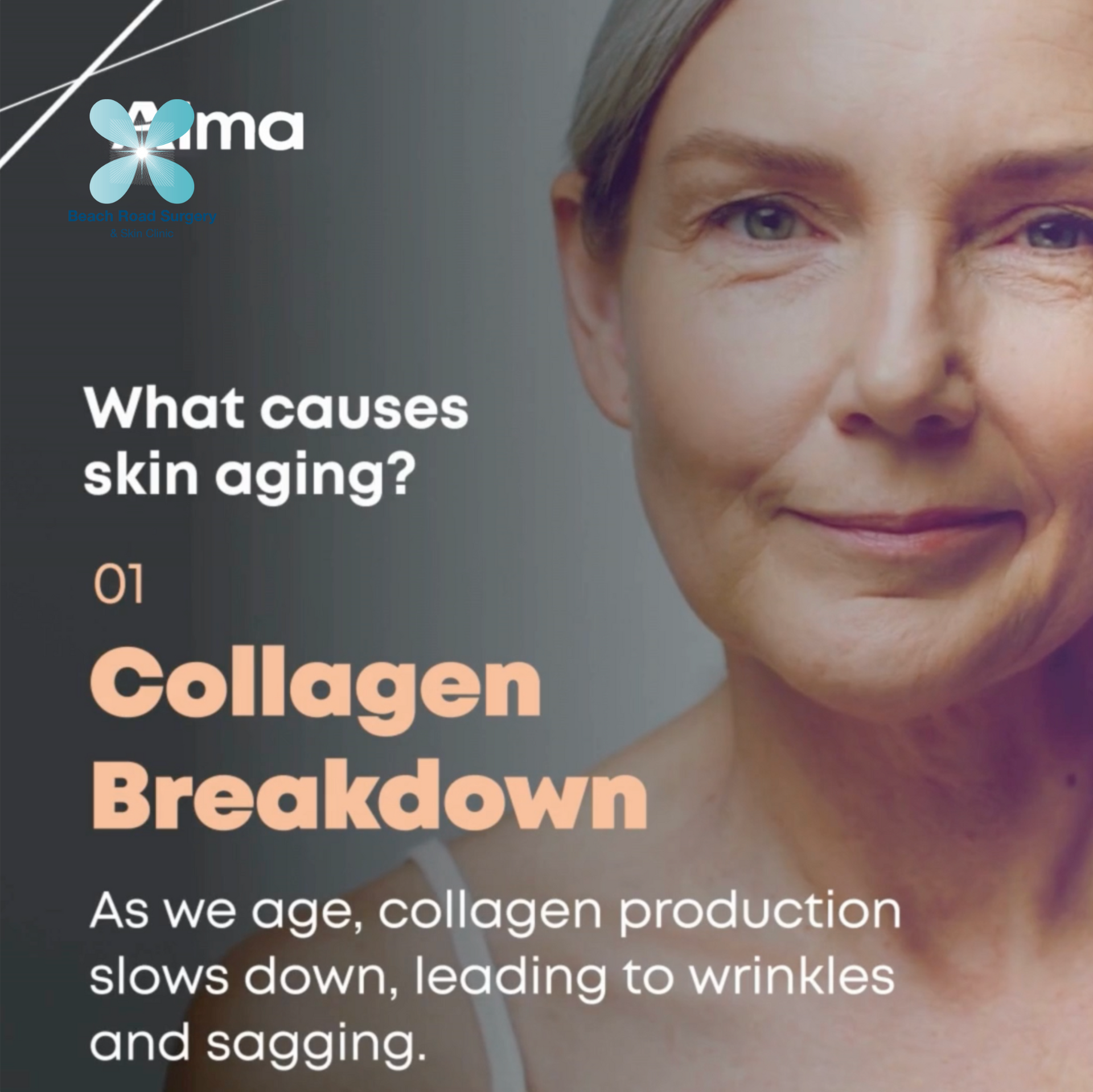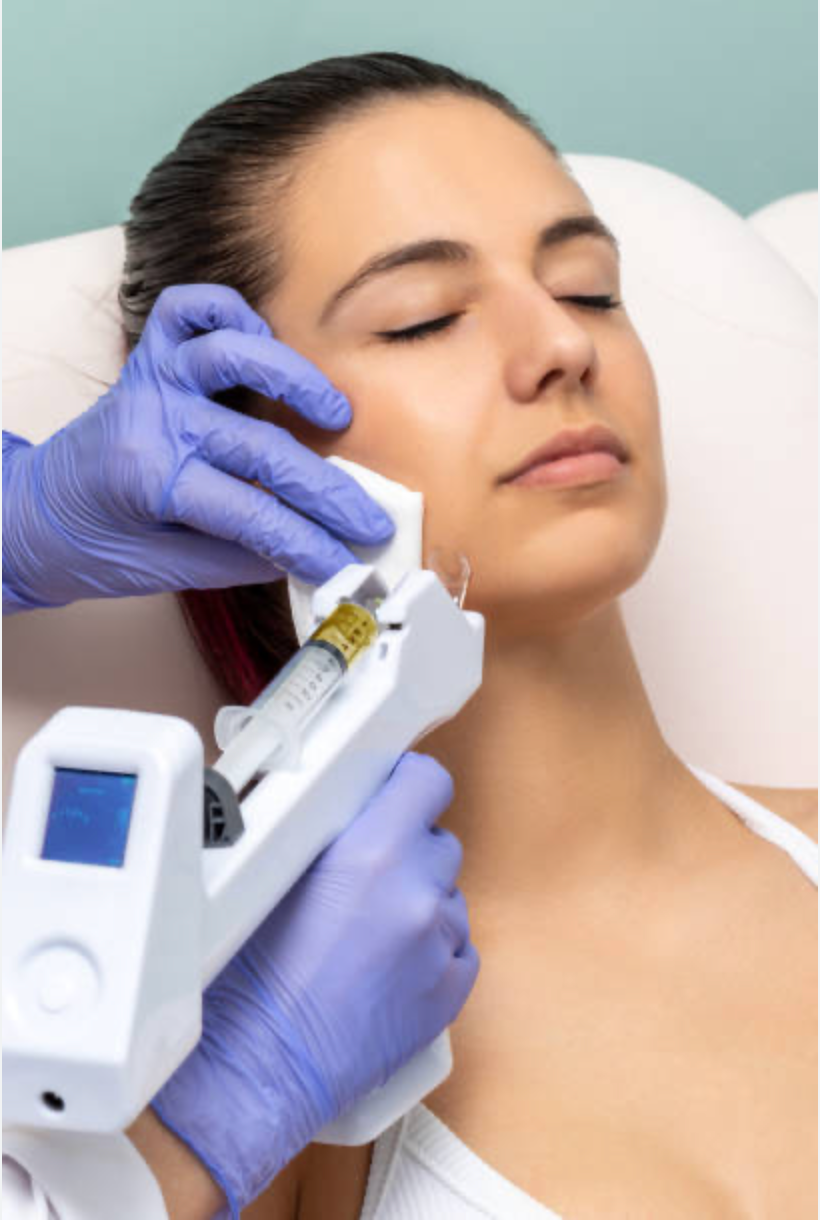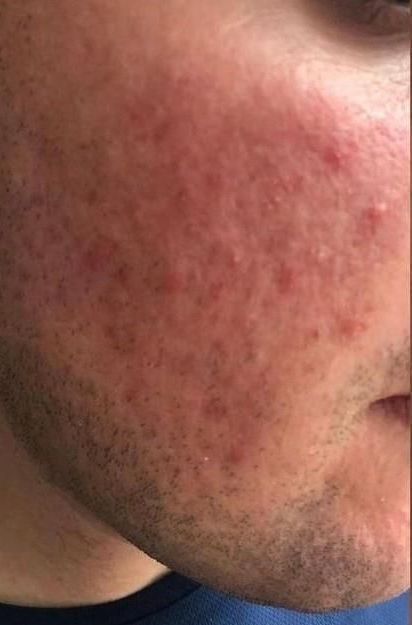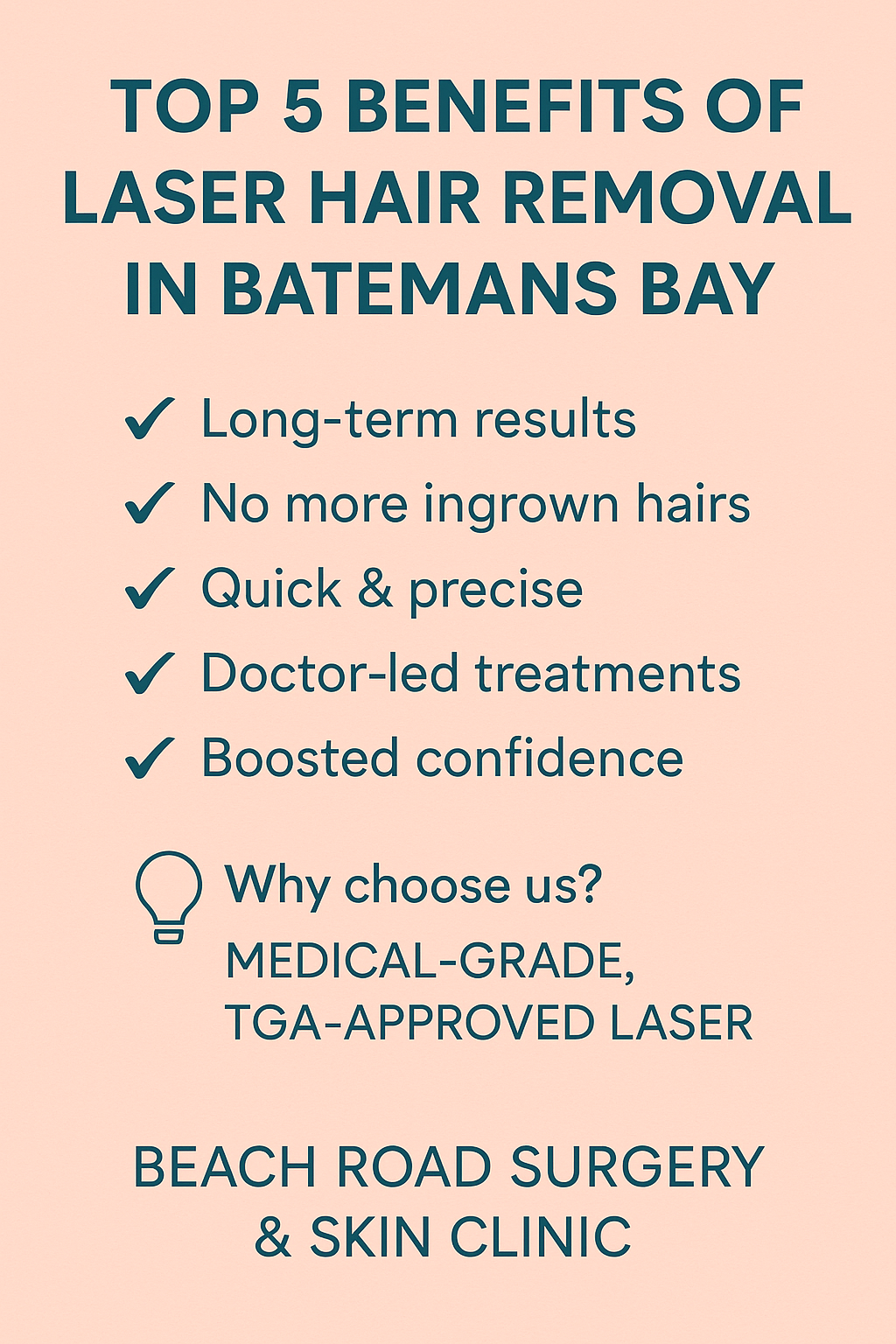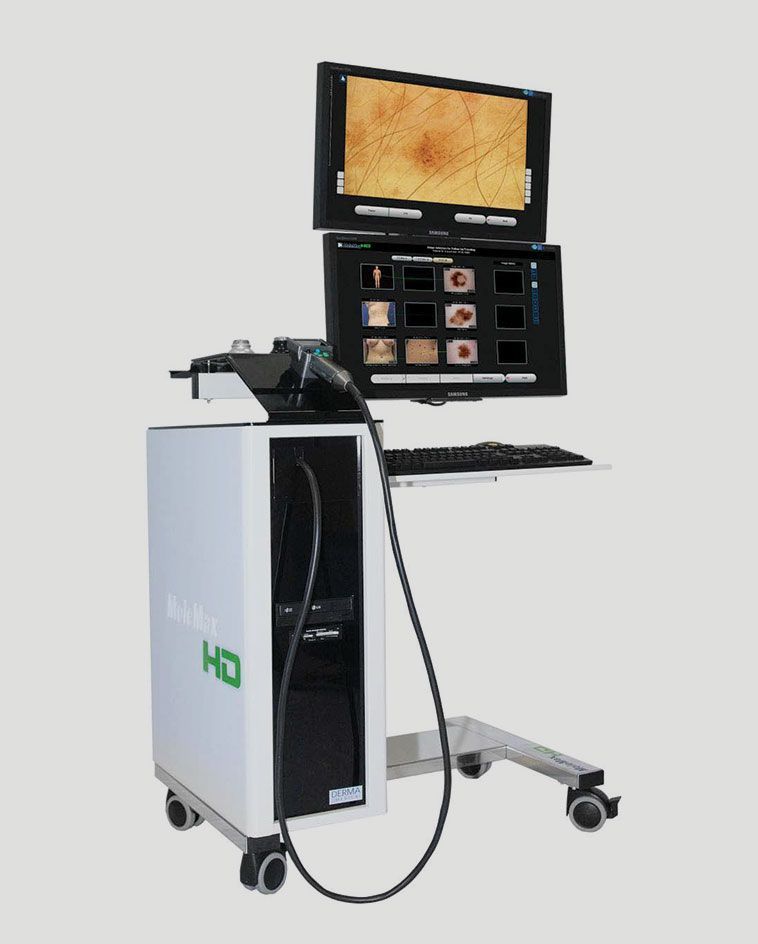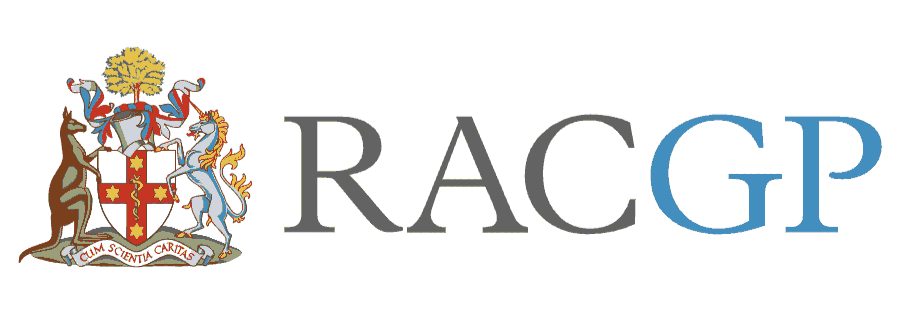What is a scar?
A scar develops as part of the normal wound healing process. Within 2 to 3 days of the skin’s surface being sutured/surgically managed. scar tissue fills in the injured area to close the wound. Scar tissue can continue to develop over many weeks or months.
How does a scar mature?
Immediately following wound healing, a scar is usually red in appearance and is referred to as an ‘immature scar. Between 3 months and 2 years, the scar should become paler, flatter and softer and can then be referred to as a ‘mature’ scar.
To help your scar mature it is recommended that you massage and moisturise your scar.
All scars should be monitored carefully and if your scar becomes a problem contact your doctor.
What is a problem scar?
A scar is a problem if it is:
- purple or red
- raised
- feels hard or itchy
- restricts movement.
Problem scars can sometimes be called hypertrophic or keloid scars. Those at risk of developing a problem scar include people with:
- skin types known to scar easily, such as Mediterranean, Asian, African and indigenous Australian
- wounds that are delayed in healing (3 weeks or more)
- a past history of problem scarring
What to do if your scar becomes a problem?
Contact your doctor if your scar develops into a problem scar. Your doctor will assess your scar and recommend treatment that may include taping, silicone gel, pressure or splinting. Treatment should commence as soon as the problem develops.
Precautions
It is important that your scar does not get sunburnt. If possible, try to:
- wear clothing that covers your scar – for example, wear a long sleeve t-shirt or hat
- use sunscreen (SPF 30 +) or zinc cream w stay in the shade when outdoors.
Scar management – Massage and moisturising
What is scar massage?
Massaging a scar involves rubbing and moving the skin and underlying tissue in a firm manner. When massaging, it is recommended that you use a non-perfumed moisturising cream such as, Sorblene or vitamin E cream or Bio-oil. This will help moisturise the scar.
Why massage?
Scar tissue may become hard and raised. Massage can help to soften and flatten the scar tissue.
Scar tissue may stick to the underlying muscles, tendons, blood vessels, nerves and bones. Massage can prevent this from happening and helps to keep the scar tissue flexible.
Scars may feel sensitive, tingle or hurt when touched. Regular massage can help to control this and eventually the sensitivity should settle down.
How to massage
Place the pad of your thumb or finger on the scar. Massage using a slow, circular motion so that the skin moves on the underlying scar tissue. Repeat this process across the entire scar. Use firm pressure, however, does not cause any damage to the skin. Your fingernail tip will change colour from pink to white when massaging with the correct pressure. Your occupational therapist will demonstrate how to massage your scar



